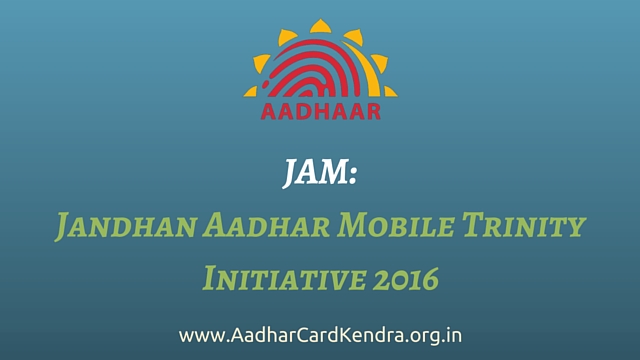NIDHI TAPARIA
As a part of the Government’s ambitious Jal Marg Vikas Project, Union Minister for Road Transport, Highways and Shipping Nitin Gadkari flagged off two vessels, MV Joy Basudev and MV VV Giri, from the Aghoreshwar Bhagwan Ram Ghat and also laid the foundation stone for a multi-modal terminal both at Varanasi on August 12, 2016. This marks the start of the development of National Waterway-1.
The Jal Marg Vikas Project is a step ahead in the process of consolidation of the transportation infrastructure in the country. Indian industries are plagued with the problem of transport bottlenecks in all transportation sectors which causes delivery delays and cost disadvantages among other things. The JMV project seeks to utilise the nation’s vast inland waterways for commercial purposes. Freight carriage via waterways has multiple advantages. Cost of transportation by waterways is 30-50 paisa per tonne per km (PTPK), compared to one rupee PTPK for rail, and Rs 1.5 PTPK for road. A vessel can replace at least 50 trailers on road, as noted by the Inland Waterways Authority of India (IWAI). Besides, the sector offers colossal gains for tourism industry.
The JMV project seeks to utilise the nation’s vast inland waterways for commercial purposes. Freight carriage via waterways has multiple advantages. Cost of transportation by waterways is 30-50 paisa per tonne per km (PTPK), compared to one rupee PTPK for rail, and Rs 1.5 PTPK for road. A vessel can replace at least 50 trailers on road, as noted by the Inland Waterways Authority of India (IWAI).
The National Waterway-1 stretches from Allahabad in Uttar Pradesh to Haldia in West Bengal, covering a distance of 1620 km across the Ganga. The project is estimated to be completed in six years at an approximated cost of Rs 4,200 crore. The World Bank had earlier extended a Project Preparation Fund (PPF) of $3.5 million. Though the sum going towards the development of this project seems huge and presumably a burden on the exchequer, once fully operational, the waterway will contribute massively towards the economic growth of this region by creating a viable supplementary mode of transport of high bulk cargo.
The NW-1 shall potentially serve the cities like Patna, Haldia, Howrah, Varanasi , Kolkata, Bhagalpur, Ghazipur, Allahabad and their industrial hinterlands including various industries located along the great Ganga basin.
Phase-I of the project shall cover the stretch between Haldia-Varanasi. The project also includes development of fairway, strengthening of open river navigation technique, night navigation facilities, multi-modal terminals, conservancy works, Digital Global Positioning System, modern River Information System, modern methods of channel marking, construction of a new navigational lock at Farakka and other places.

The two merchant vessels that were flagged off from Varanasi on August 12, are directed towards different locations on the National Waterway-1. MV VV Giri with a capacity of 300 tonnes, will travel for a distance of 1100 km to Kolkata ferrying newly assembled Maruti Suzuki cars. MV Joy Basudev is much larger in capacity of 1400 tonnes. It is carrying 1400 tonnes of goods and headed towards Balia in Uttar Pradesh. Prabir Pandey of Inland Waterways Authority of India, body responsible for developing the stretches, said “It will take nearly a week for the two cargo vessels to reach Kolkata. The two vessels will also pick up more cargo on their way. People are interested, but what we need is to demonstrate how it’s viable and they get assured service.”
India’s first national waterway NW-1, from Haldia to Allahabad, was announced in October 1986 and commercial transport of coal on Haldia-Farakka stretch was started in 2013. But it was only under the leadership of PM Narendra Modi and his NDA government that process of capitalizing on the gains of vast inland waterways has been initiated.
“Waterways will prove to be UP’s growth engine. We are harnessing our 20,000 km of river front and 75000 km coastline with an initial investment of Rs 50,000 crore,” said Gadkari after the launch of the vessels. The Parliament had earlier passed the National Waterways Bill which enabled the declaration of certain inland routes in the country as National Waterways. Consequently, the number of National Waterways has gone up to 111 from five previously. The categorisation of a route as National Waterway permits the Union Government to make laws relating to shipping and navigation on it.
(The writer is associated with St Xavier’s College, University of Rajasthan)

